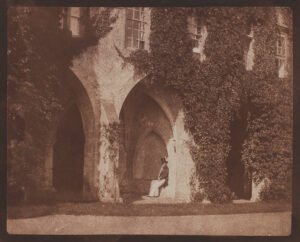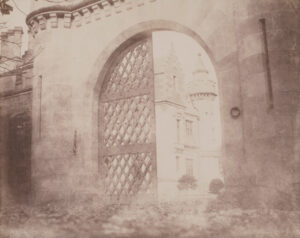William Henry Fox Talbot
British, 1800—1877
About
William Henry Fox Talbot
British, 1800—1877
William Henry Fox Talbot is widely considered to be the inventor of modern photography as we know it. A scientist, mathematician, elected member of Parliament, author, artist, and key intellectual figure of the 19th century, he conceived of a practical means for fixing ephemeral images to paper. In 1834, William Henry Fox Talbot began experimenting with light-sensitive chemistry, and in January 1839, announced his invention of the photogenic drawing (today known as a photogram), two weeks after Daguerre debuted his daguerreotype process in France. Talbot originally saw his invention as a means of documenting botanical specimens, but with the calotype process he introduced in 1840, Talbot succeeded in shortening exposure times and facilitated the making of multiple prints from a negative, which became the basis for modern photography. Yet Talbot’s photographs are not only records of a scientific breakthrough, but provided the first steps for shaping a completely new way of seeing. Talbot made over 5,000 images—including pictures of his home, portraits of family and friends, cityscapes, still lifes of botanical specimens, and household objects—and established may of the medium’s now familiar genres. In a demonstration of the commercial viability of photography, and as its introduction to a wider public, Talbot published the first photographically illustrated book, The Pencil of Nature, as a serial beginning in 1844.

